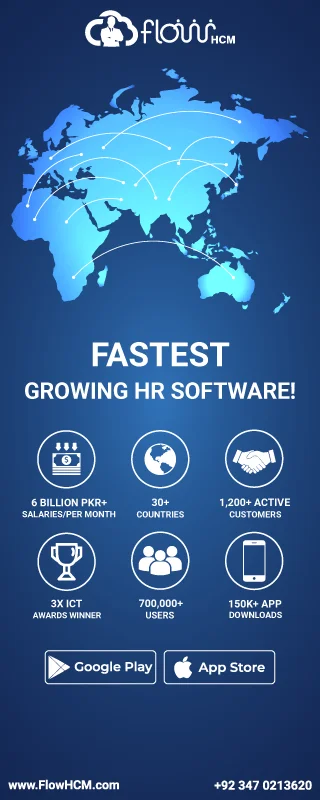In today’s evolving business landscape, organizations are under constant pressure to improve efficiency, reduce costs, and embrace sustainable, environmentally friendly practices. One of the most effective ways to modernize HR operations is by transitioning to a paperless system. A paperless HR department not only streamlines day-to-day processes but also reduces paper waste, supports environmental conservation, strengthens data security, enhances the employee experience, and aligns with long-term digital transformation goals.
The Need for a Paperless HR Function
Traditional HR departments often rely heavily on physical documentation. From employee onboarding and performance reviews to payroll processing and compliance tracking, paper-based systems can be slow, error-prone, and difficult to manage. Additionally, storing and managing physical files takes up valuable office space and poses risks related to data loss and privacy breaches.
A paperless HR department addresses these challenges by digitizing records and automating workflows. It improves accuracy, reduces operational delays, and helps HR professionals focus more on strategic initiatives rather than administrative tasks.
Begin with Process Assessment
The first step in going paperless is understanding your current HR landscape. Conduct an internal audit to identify all manual, paper-based processes. Common examples include printed application forms, physical attendance sheets, contract filing, and paper-based payroll inputs. Assess which areas are consuming the most time and resources and prioritize them for digitization.
Select a Reliable HR Management System
Choosing the right HR software is central to this transition. A comprehensive and cloud-based solution like FlowHCM enables organizations to manage core HR functions in a digital environment. The system should offer modules for employee records, payroll automation, attendance tracking, performance evaluations, and more.
FlowHCM provides a complete suite of HR tools including its 360 Payroll module, allowing HR teams to calculate salaries, manage deductions, and generate payslips digitally. Features like digital approvals, secure document storage, and remote access contribute to an efficient, paperless experience.
Digitize Existing Employee Records
Once your system is in place, begin converting physical files into digital formats. This involves scanning and uploading existing employee documents such as employment contracts, tax forms, medical records, and appraisal history. These files should be stored in a structured and accessible manner within your HRMS to maintain legal and organizational compliance.
Transition to Digital Workflows
Moving to a paperless model requires replacing manual tasks with automated workflows. This includes shifting to online recruitment forms, electronic onboarding checklists, digital leave requests, and virtual appraisal forms. With a system like FlowHCM, HR professionals can create customized forms and approval hierarchies that operate entirely within the system, eliminating the need for physical signatures and printed paperwork.
Employee Training and Adoption
Digital tools only deliver value when people know how to use them effectively. HR teams should provide training sessions for both staff and employees to ensure smooth adoption. Offer step-by-step guides, support materials, and real-time assistance during the initial rollout phase. Fostering a culture of adaptability will help reinforce the benefits of going paperless.
Continuous Improvement and Monitoring
Track the success of your digital transformation by monitoring relevant metrics such as time saved on approvals, error reduction, employee satisfaction, and cost savings. Use these insights to refine processes and explore further opportunities for automation within your HR function.
Managing Digital Records Responsibly
As HR departments go paperless, managing employee data responsibly becomes even more critical. While digital platforms like FlowHCM provide the tools to organize, centralize, and control access to HR records, the responsibility for ensuring data protection ultimately lies with the organization.
Businesses should implement clear internal policies for who can access sensitive information, how records are stored, and how long data is retained. Measures such as secure login credentials, regular system audits, and staff training on data handling can help prevent misuse and maintain compliance with data privacy regulations.
Conclusion
Transitioning to a paperless HR department is no longer a luxury but a strategic necessity. It helps organizations improve productivity, lower administrative costs, and adapt to the expectations of a digital-first workforce. With the right planning, tools, and training, your HR team can successfully lead the way in creating a modern and sustainable workplace.
FlowHCM supports this transformation by offering an all-in-one digital HR platform tailored for today’s growing organizations. From employee onboarding to payroll and performance management, FlowHCM helps your business reduce paperwork and increase operational agility.








